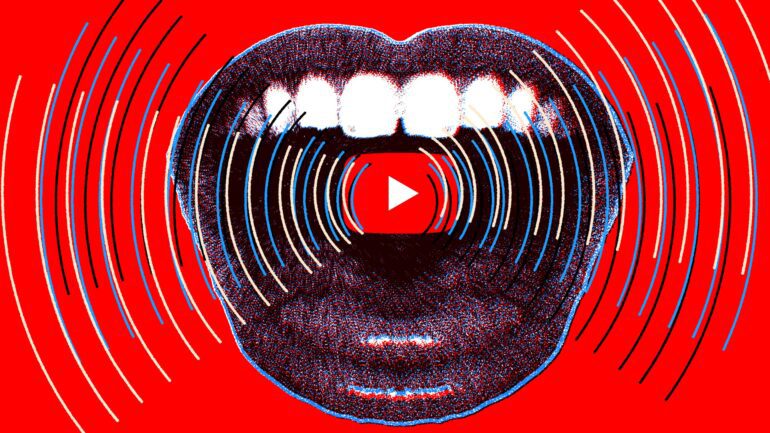- YouTube introduces policy allowing removal of AI-generated content mimicking faces or voices.
- Users can request takedowns under privacy complaints, following specific guidelines.
- Content must be evaluated for disclosure of AI use, privacy impact, and public interest value.
- Uploaders given 48 hours to respond to removal requests before YouTube reviews.
- Tools in Creator Studio aid in disclosing synthetic media and testing crowdsourced annotations.
Main AI News:
YouTube has recently introduced a new policy aimed at addressing the proliferation of AI-generated content that replicates individuals’ faces or voices. This policy update, quietly implemented in June, represents a significant expansion of YouTube’s efforts to manage the ethical implications of AI in its ecosystem, building upon its initial commitment to responsible AI practices introduced in November.
Under the new guidelines, users now have the ability to request the removal of AI-generated or other synthetic content that simulates their likeness or voice. This process falls under YouTube’s privacy request protocol, which stipulates specific criteria for takedown requests outlined in their updated Help documentation. While the platform emphasizes that not all requests will result in immediate removal, it pledges to evaluate each claim on its merits, taking into account whether the content is explicitly identified as AI-generated, its potential to identify individuals uniquely, and its broader societal or public interest implications.
Moreover, YouTube provides content uploaders with a 48-hour window to address privacy complaints before taking action, underscoring its commitment to procedural fairness in content moderation. This approach seeks to strike a balance between safeguarding user privacy and maintaining the integrity of its content ecosystem. Additionally, YouTube has introduced tools within Creator Studio to help creators disclose when content includes realistic-looking alterations or synthetic media, such as generative AI, and is experimenting with crowdsourced annotations to provide context on videos.
Despite these efforts, YouTube acknowledges the complexities involved in regulating AI-driven content. It recognizes the potential misuse of AI for creating deceptive or harmful content, such as deepfakes, and continues to refine its policies to mitigate such risks. For creators, understanding the distinction between privacy complaints and community guidelines violations is crucial, as privacy-related issues do not automatically result in penalties under YouTube’s current framework.
Overall, YouTube’s evolving approach reflects its ongoing commitment to navigating the ethical challenges posed by AI technology while fostering a responsible and transparent digital environment for its global community of users and creators alike.
Conclusion:
YouTube’s proactive stance on AI-generated content underscores its commitment to privacy and ethical content practices. By empowering users to request removals based on privacy concerns, YouTube aims to maintain user trust while navigating the complex landscape of synthetic media. This policy not only enhances transparency but also sets a precedent for other platforms grappling with similar challenges in digital content moderation. For the market, this signals a growing emphasis on accountability and user protection in the era of AI-driven media proliferation.

